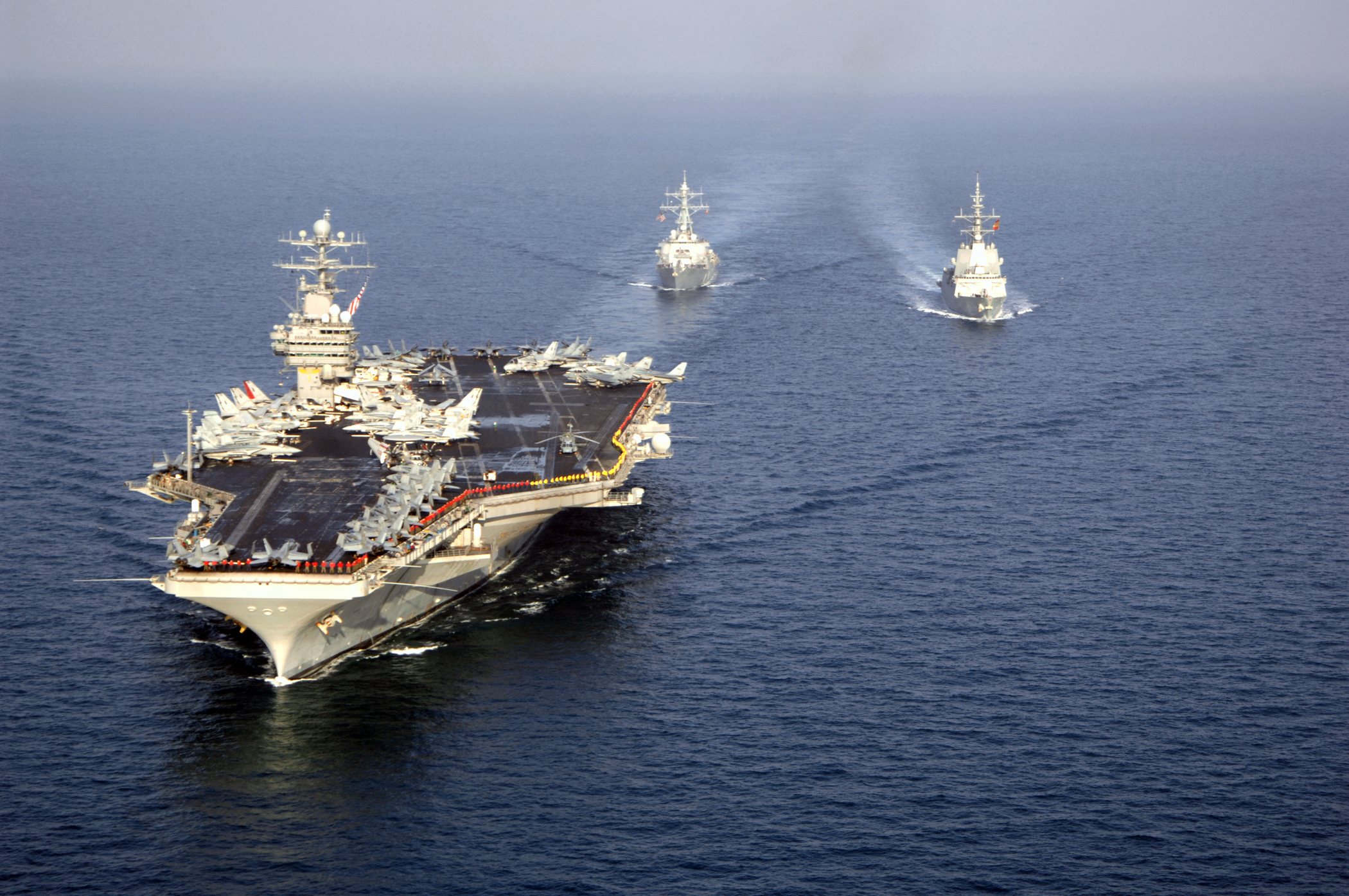Alwaght- The Iranian armed forces can make the Persian Gulf really insecure for the US warships in the region, the American Enterprise analytical site says.
The article by Matthew McInnis refers to the increased tension between the Iranian forces and US navy in the Persian Gulf and gives five reasons as why the region in no more secure for such foreign forces.
As the first reason, the article says the Iranian Revolutionary Guards regard US presence in the region as illegal and thus “fundamentally not deserving of respect”.
They want “everyone to know nothing changed after the nuclear deal. If there have been any consistent themes from Iranian Supreme Leader Ayatollah Ali Khamenei and the IRGC since the implementation of the JCPOA in January, they are that Washington cannot be trusted, that the US Navy’s presence in the Gulf is unwanted and unnecessary, and that the Islamic Republic will not change its fundamental opposition to the United States,” the article reads.
“Iranian naval forces are making large strides in weapons and surveillance. The Iranian military has a long-term strategy of increasing the zone of risk for the US Navy and Air Force to operate near Iranian territory. This so called anti-access, area-denial (A2AD) approach is similar to those China and Russia have pursued in recent decades,” it adds.
McInnis believes Iranian adoption of offensive posture is the second reason that the US will not be secure in the region any more.
“The Iranian military may be making a doctrinal shift to a more offensive posture. While the A2AD approach, like the large majority of the Islamic Republic’s military doctrines and strategies, is largely defensive, the Iranian leadership appears to be shifting toward a military posture that includes more offensive conventional capabilities,” he writes.
“Supreme Leader Ali Khamenei proclaimed Iran’s right to both offensive and defensive weapons in September 2016. Later that month, IRGC Navy Commander Ali Fadavi also touted his force’s new expansion into “offensive” capabilities,” the article adds.
The greater missile capability of Iranian regional allies is another reason McInnis mentions. He refers to the C-802 cruise missile that was used by Hezbollah against Israeli Navy in 2006 as an example of such capabilities that worried the US and its allies over their safety even in the Mediterranean.
The repeated refusal of Iranian IRG to establish a hotline connection with the US navy is seen as another reason by McInnis where he writes “On 14 September, Fadavi claimed Iranian officials have refused to approve repeated US requests over the past three or four years to establish a direct line of communication with his forces.”
He concludes the article by advising the future US president, whether Trump or Clinton, to “further investment in counter-A2AD capabilities and operational concepts and more sophisticated crisis management thinking” to counter the ever growing missile capabilities of the Iranian IRG.



























